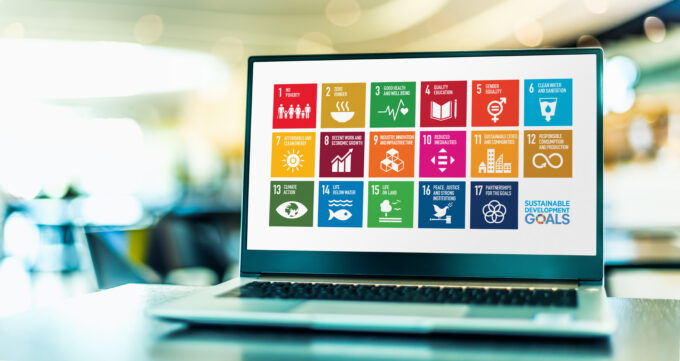In response, the pressure is on HR departments to communicate the firm’s purpose and values, manage employee demands and expectations around investment in sustainability, and support employees who may experience climate anxiety.
Rising employee activism
Gen Zs and millennials are particularly concerned about sustainability and want employers to help them prepare for the transition to a low-carbon economy. According to a survey by Deloitte, 42% of Gen Zs and 41% of millennials would switch jobs if their employer did not take action on climate change.
Employee activism aimed at holding firms accountable for commitments to sustainable business and diversity and inclusion is also on the rise, facilitated by their ability to amplify their views on social media. It can be risky for firms to ignore these calls for action, says Markus Graf, talent leader of a Switzerland-based multinational.
“Companies that want to be seen as the best employers for talent discuss these topics,” he said. “On social media, these topics generate the highest engagement with likes and comments. We will likely witness increased employee engagement, especially in countries where employees feel there is no fear of retaliation for expressing their views.”
This growing activism and spotlight on an organization’s social and environmental impact has also created a need for HR departments to add new capabilities to facilitate the creation of an integrated sustainability program in collaboration with other business functions.
“Sustainability is the future of work,” Graf said. “HR leaders have a critical role to play in driving change. The ability to work across the company to articulate an enterprise-wide stance on ESG and sustainability will be tremendously important.”
So what can HR departments do to manage employee expectations and get them engaged in shaping and supporting the organization’s sustainability strategy?
Be involved in defining the sustainability strategy
If HR is going to lead efforts to make sure an organization stays true to its sustainability commitments, they must also play a role in shaping strategy. The CHRO must work closely with the CEO to help set a clear purpose and strategic vision to drive change from the top. This prevents the firm from making lofty promises that are not held in the eyes of the employee. It also lends HR more credibility in any discussions they have with employees and management.
“In today’s world, sustainability is no longer a luxury; it’s a necessity, and it’s everyone’s responsibility, not just that of the Chief Sustainability Officer. Leaders at all levels need to be committed to sustainability, and the HR team can play a critical role in driving this change,” said Graf. “There is an expectation from employees for a clear strategy that demonstrates progress.”
One company that has successfully woven sustainability into the heart of its strategy is Finland’s Neste, which transformed itself over two decades from an oil refiner to a leading producer of renewable fuels. Their purpose, “creating a healthier planet for our children”, is a central part of their Employee Value Proposition (EVP). Similarly, Stora Enso, a Finnish provider of renewables products, packaging, and biomaterials, has crafted “Do good for people and the planet” as its purpose statement, while Swedish multinational industrial company Atlas Copco has launched ambitious targets to cut carbon emissions that are validated and approved by the Science Based Targets Initiative.








 Audio available
Audio available